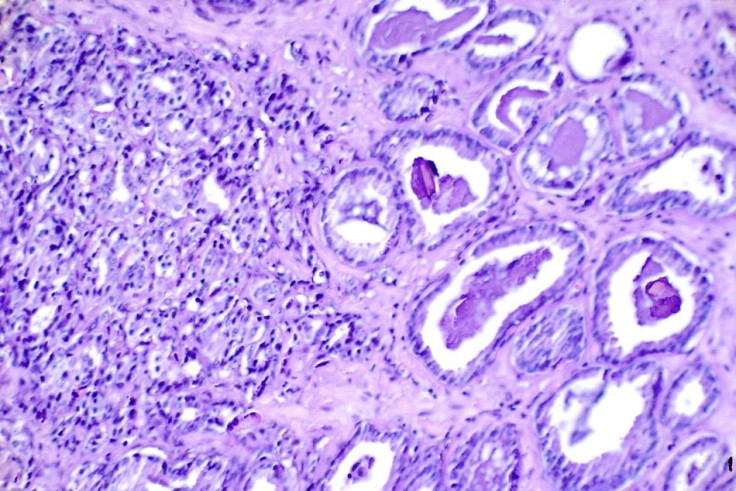Nanoparticle Drug Delivery May Harm Brain

Good or bad? The jury is still out on the question of nanoparticles as wonder particles.
Nanoparticle drug delivery has been hailed as a breakthrough technology. These microscopicparticles can be target specific and transport drugs even across the blood-brain barrier.
Earlier, a University of North Carolina team developed nanoparticle carriers that successfully delivered therapeutic doses of a cancer drug wortmannin to the brain. The drug had previously failed clinical development due to pharmacologic challenges. In its nanoparticle avatar, the drug was rendered less toxic, more stable and soluble, thereby being more effective.
But now, a new research has once again thrown spanners into the nano promise in drug delivery. Drugs were delivered to the brain of rats using a class of nanoparticles known as micelles. Researchers found that carriers with a positive charge on their surface appear to cause damage if they reach the brain. The findings are to be published in an upcoming issue of Nanotoxicology.
Kristina Bram Knudsen, a toxicologist at the National Research Centre for the Working Environment in Copenhagen, and colleagues tested two types of micelles, which were made from different polymers that gave the micelles either a positive or negative surface charge.
They injected both versions, empty of drugs, into the brains of rats, and a week later they checked for damage. Three out of the five rats injected with the positively charged micelles developed brain lesions. The rats injected with the negatively charged micelles or a saline control solution did not suffer any observable harm from the injections.
Cells have a negative charge on their outside and hence, attract positively charged micelles and bring them into the cell. The micelles' presence in the cell or alteration of the cell's surface charge may disrupt the cell's normal functioning, speculate the researchers.
Negatively charged nanoparticles can also enter cells, according to other research. However, they do so less readily and must be able to overcome the repulsion between themselves and the cell surface. It is possible that the reason the negatively charged micelles were not found to be toxic was that they did not invade cells to the same extent as the positively charged micelles.
Biomedical engineer Jordan Green of Johns Hopkins University in Baltimore, Maryland cautions that there is no evidence that all positively charged nanoparticles behave this way. Other factors can also play a role in the toxicity of nanoparticles, adds pharmaceutical expert Jian-Qing Gao of Zhejiang University in Hangzhou, China. The size and concentration of the particles, as well as the strain of rat used, could all have influenced the results, he says.
A nanoparticle is essentially a microscopic particle with at least one dimension less than 100 nm. They display entirely varying properties at that scale compared to the normal molecule. For instance, a nanoparticle of gold is entirely different from gold at the macroscopic scale. This lends nanoparticles useful in biomedical, optical, and electronic fields.
Nanoparticles have also been in the news for the wrong reasons. For instance, the toxicity they bring into the system when used in cosmetics has been much debated.
© Copyright IBTimes 2025. All rights reserved.



















